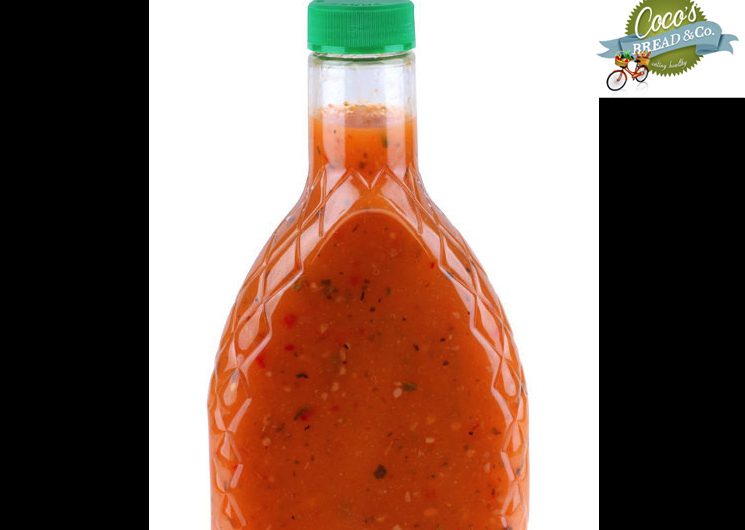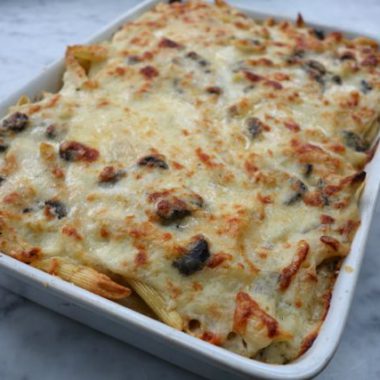Directions

Pepperoni Pizza Want some spicy salami slices on your pizza? Then don’t ask for ‘pepperoni’ in Italy – it’s the plural for peppers, so you’ll end up with a pizza covered in grilled peppers. “If you want to order a ‘pepperoni’ pizza in Italian, then you have to ask for ‘salame piccante’ (spicy salami).” counsels Cesarato

Spaghetti with meatballs “Oh God!” sighs Cesarato. “Well, this is definitely not Italian.” The dish was probably created by Italian immigrants who moved to the US in the early 20th century. Unable to find good-quality tomatoes, they added meat – which was cheap and readily available. Traditionally, however, meatballs, or ‘polpette’ as they are known in Italy, are served either as a starter or a main course with potatoes, vegetables or beans. But definitely not with pasta!
Macaroni and cheese “I’m pretty sure the Americans invented this a long time ago,” says Cesarato. In Italy, however, there are strict rules about which sauces you serve with specific pastas – depending on their texture and shape. Macaroni (‘Maccheroni’ in Italian), for instance, is typically served with ragù or a tomato sauce. The closest Italian dish to macaroni and cheese that Cesarato can think of is “pasta pasticciata”, where you mix left-over pasta with béchamel and bake it in the oven. “But it’s not the same, and we’d never go out of our way to cook that.” 
Ham and pineapple pizza I don’t even comment on this. As far as I know, it was invented in Canada somewhere – but you’ll definitely never find this in Italy.

Italian dressing: this orange-coloured concoction of corn syrup, vinegar, vegetable oil and bell peppers is probably familiar to you, but there’s nothing “Italian” about it. In Italy, there’s really only one way of making dressing: by mixing olive oil and lemon, or vinegar (balsamic or red or white wine vinegar). You can either drizzle this directly on to the salad or mix it beforehand. “The truth is that Italians have relatively simple tastes, which makes it also healthier. I don’t know why the Americans and the British love to complicate things”.-grumbles Cesarato.

Panini” In the US, a “panini” is a grilled sandwich. Ask for “panini” in Italy, however, and you’ll get several ordinary sandwiches (“panini” is simply the plural of sandwich or a bun). “Instead, you’d need to ask to have it toasted (“tostato”)”advises Cesarato. Sandwiches in Italy also tend to be simpler. “They don’t contain butter, for a start. Normally, a sandwich is just a roll filled with cheese, cold cuts and grilled vegetables.” If you fancy a more British-style sandwich, I suggest ordering a “tramezzino” – a triangular sandwich made with soft white bread with the crusts removed.

Garlic bread The idea that this could ever be considered Italian is particularly perplexing to me. It’s strange because a baguette is not even Italian in the first place. Italians, of course, rub their garlic bread to make bruschetta. It’s easy to spread the garlic on Tuscan bread, but try it on any other sort and it just breaks apart. Maybe that’s why Americans use garlic butter.

Spaghetti Carbonara with cream . Carbonara is definitely never cooked with cream in Italy,” says Cesarato. “And it should only be cooked with guanciale (pork cheek).” If you can’t get hold of this, then some pancetta will do. Other genuine Italian tips: the cheese should be either Pecorino or Parmesan. Crack the egg (Cesarato suggests using about one egg yolk per person but some Italians also use a whole egg) over the top of the pasta.

Penne Alfredo This is a definite no-no in Italy. Legend has it that, back in the 1920s, an Italian brought a similar dish over to America that was cooked with butter and sage. However, possibly short of ingredients one day, he substituted cream for the butter and parsley for the sage. Presumably his patrons liked it because the dish is now common in English-speaking countries. Not in Italy, though. “Just don’t go there,” sighs Cesarato. “In Italy, the only chicken you put in pasta is livers and kidneys when you make a ragù sauce. But that’s about as far as we go.”

Spaghetti Bolognese In Anglo countries, spaghetti Bolognese is a classic. For Italians, it’s a heinous crime against food. The dish probably came into being during the Second World War, when American and British soldiers passed through Bologna and tried ‘tagliatelle al ragù’. Probably because they didn’t know its name, they dubbed the sauce “Bolognese” and later substituted the spaghetti for the tagliatelle. “But the sauce just doesn’t stick properly to spaghetti,” Cesarato points out. “In Italy, you’d only serve ragù with pasta like tagliatelle, fettuccine or maccheroni.” Don’t even get her started on the sauce… “We generally use pork with a little beef, some garlic, a little tomato sauce, onions, celery, carrots and wine – but definitely no herbs or chilli,” she says. Oh, and you have to slow-cook it for three hours.






















